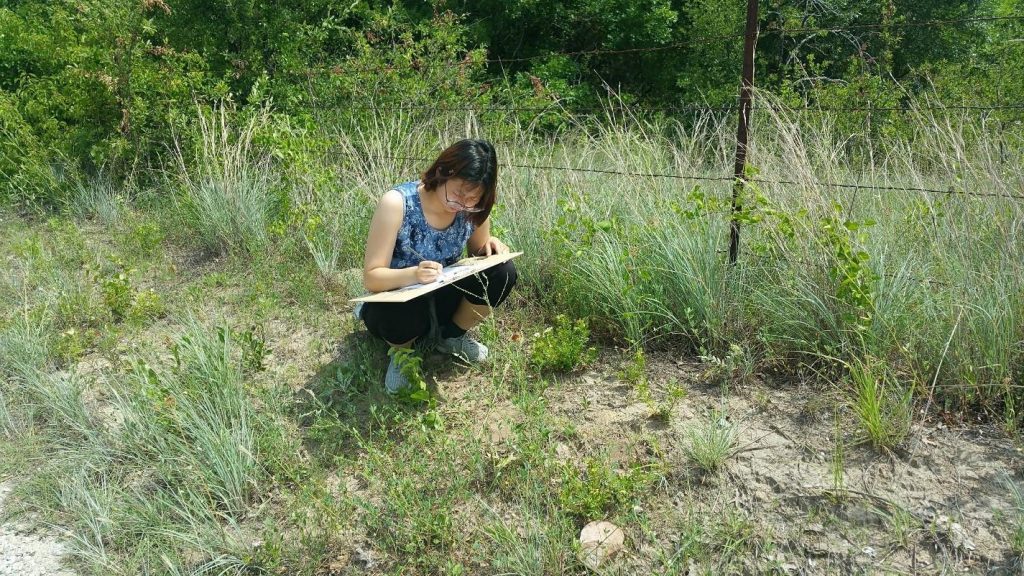
A Day as a Botanical Illustrator
Article written by Isabella Wu, 2018 BRIT Herbarium and Research Intern and student at Emory University. Clear skies heralded a warm afternoon with no cover
Phytophilia = Love of Plants. BRIT’s mission is to conserve our natural heritage by deepening our knowledge of the plant world and achieving public understanding of the value plants bring to life.

Article written by Isabella Wu, 2018 BRIT Herbarium and Research Intern and student at Emory University. Clear skies heralded a warm afternoon with no cover
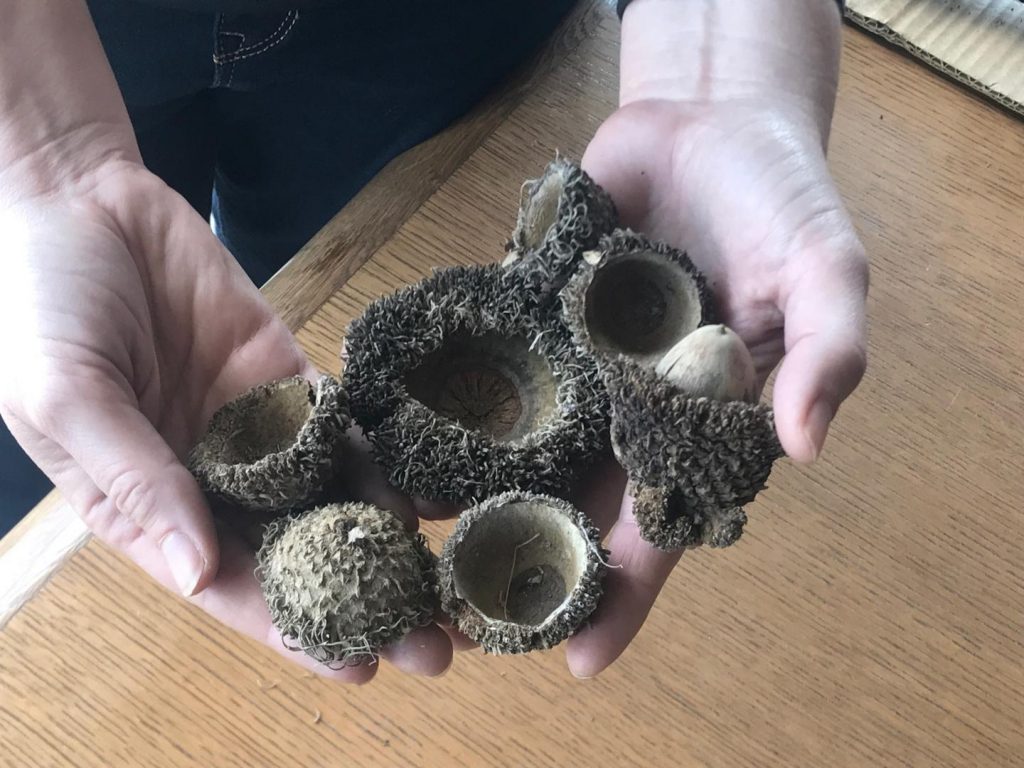
“What is this thing???” We often hear this question from friends and family in relation to natural “treasures” found in the landscape. Sticks, leaves, flowers, fruit, fungi, lichens, moss.
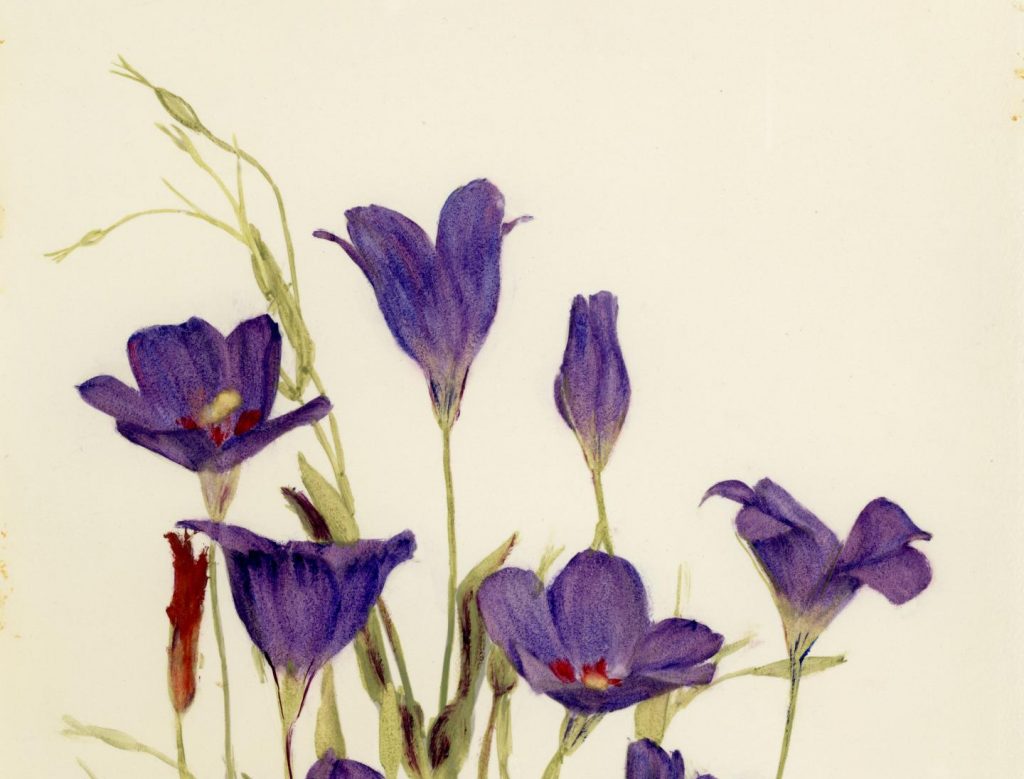
In our “Hidden Treasures” series, Special Collections Librarian Alyssa B. Young features notable works in the BRIT rare book collection. The work of Dr. Eula Whitehouse spreads tentacles throughout BRIT.
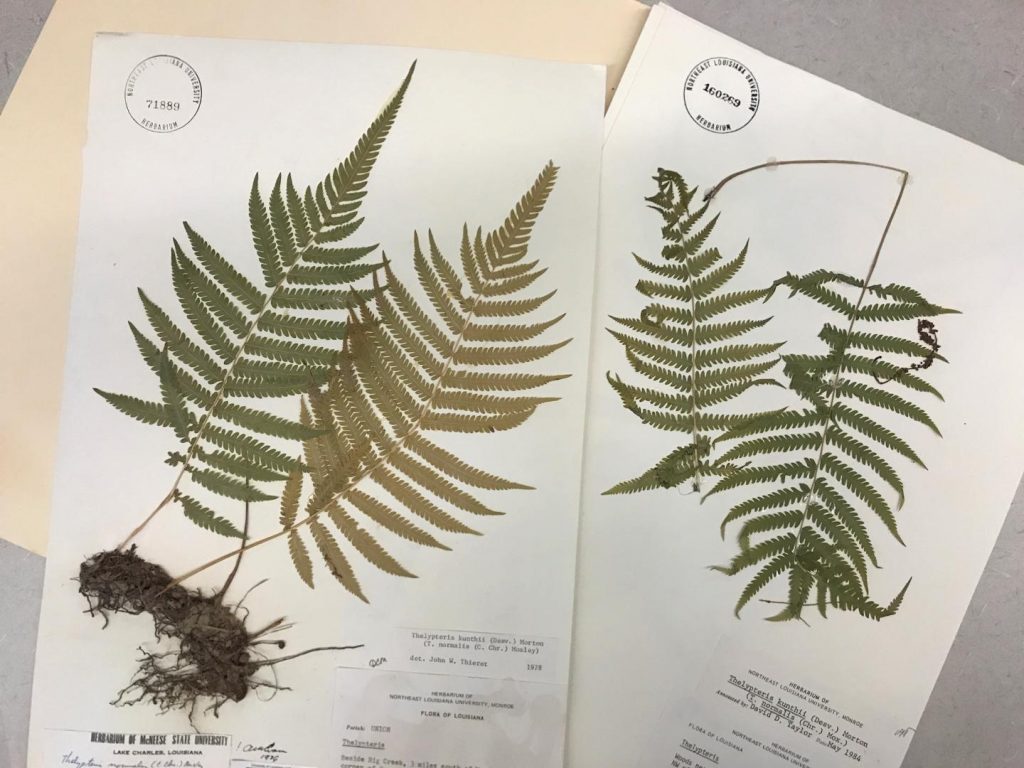
On Sunday, February 25th, BRIT staff had the pleasure of hosting members of the Southwestern Fern Society, our local chapter of the American Fern Society,
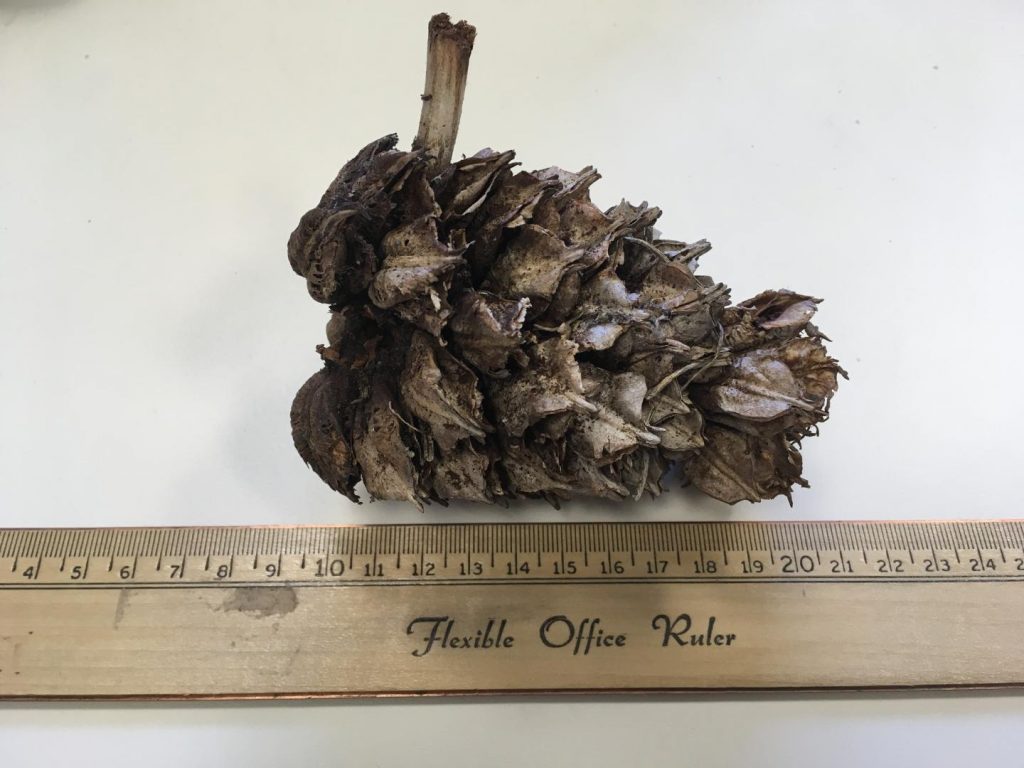
“What is this thing???” We often hear this question from friends and family in relation to natural “treasures” found in the landscape. Sticks, leaves, flowers, fruit, fungi, lichens, moss.
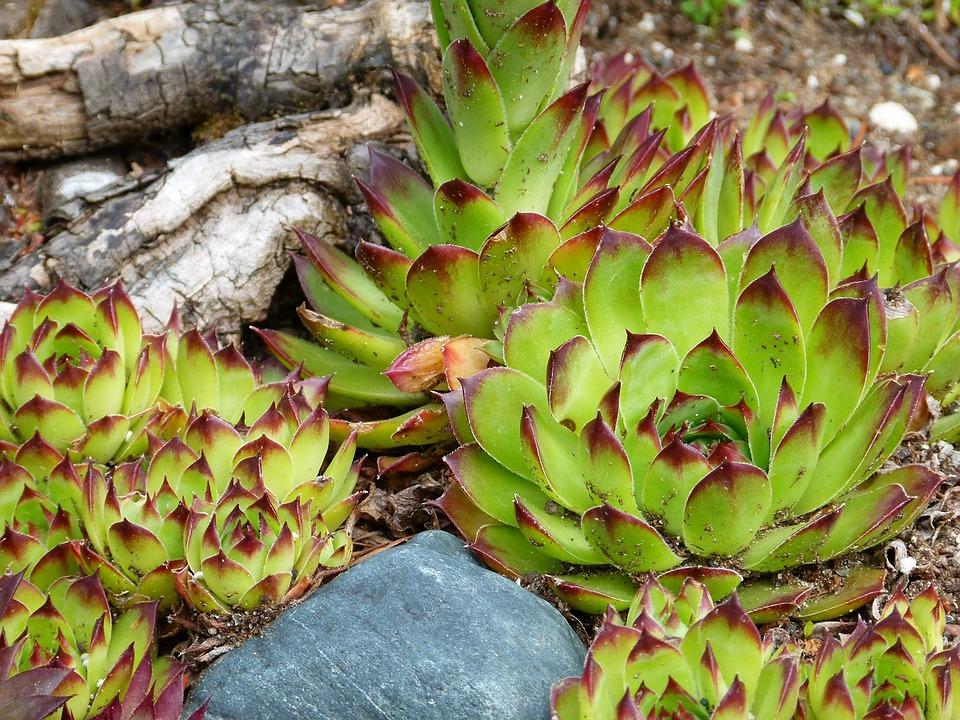
Trudy and Charles Hess Q: How did you come to be interested in conservation and botany? A: Our earliest realization of the need to protect our fragile environment comes from our SCUBA diving days.

One of the first steps in curating the NLU collection is ensuring its security. Herbarium specimens are vulnerable to damage from light, bugs, rodents, dust, and water.
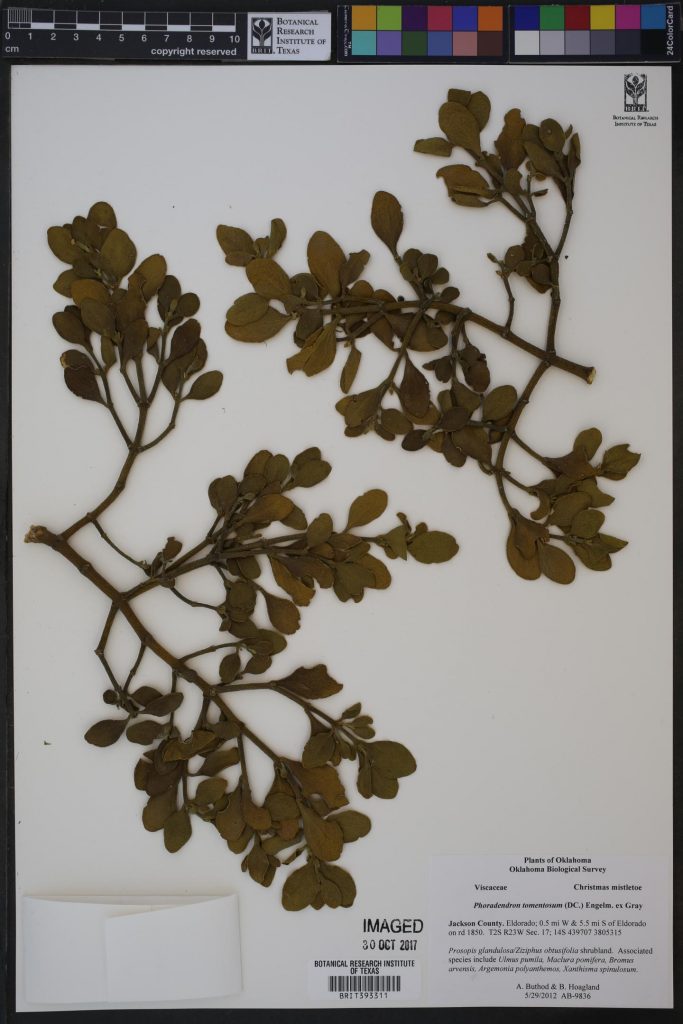
Mistletoe brings to mind a be-ribboned bouquet hung beneath doorways to catch unsuspecting party-goers in a kissing trap, but the evergreen plant has a long

The R. Dale Thomas Collection (NLU) officially completed its journey to BRIT in August 2017. However, this was only the beginning! Follow the NLU rescue team for

In March 2017, the scientific community was ablaze with the news that the University of Louisiana at Monroe would no longer be able to care for
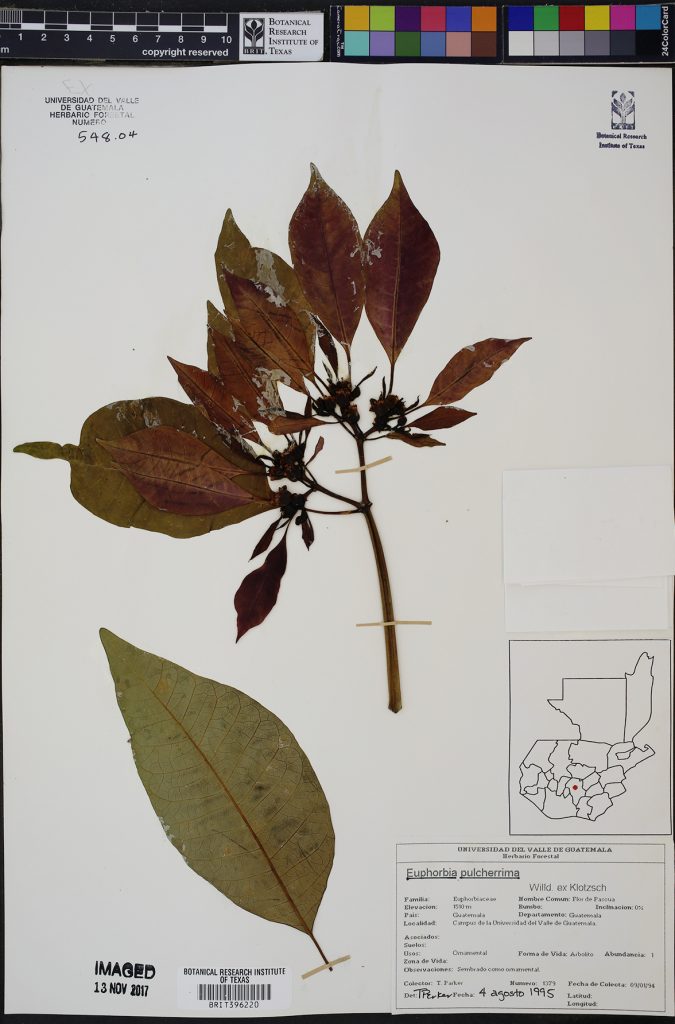
The poinsettia is a quintessential part of typical holiday decor. Its bright red, burgundy, or white foliage are common sights in locations both private and public throughout the winter months, from apartment balconies and church altars to bank lobbies and coffeehouses.
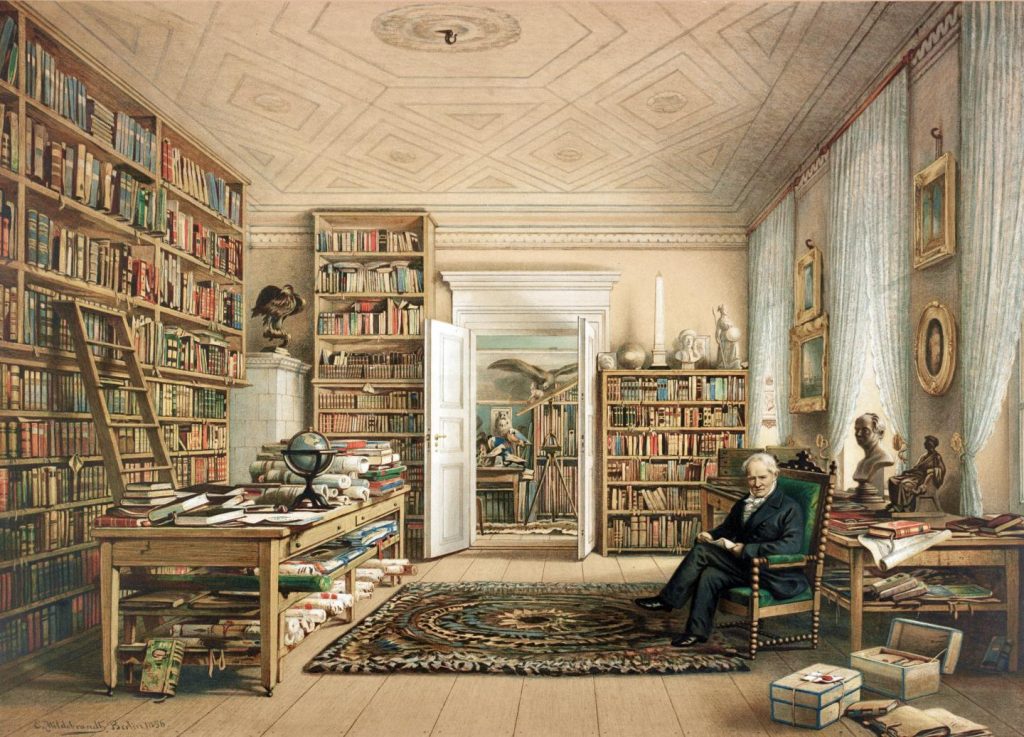
How much do you know about Alexander von Humboldt, one of the most influential naturalists in history? More species and plants are named after him than after any other human being, but in the last 150 years he’s been nearly forgotten. Let’s
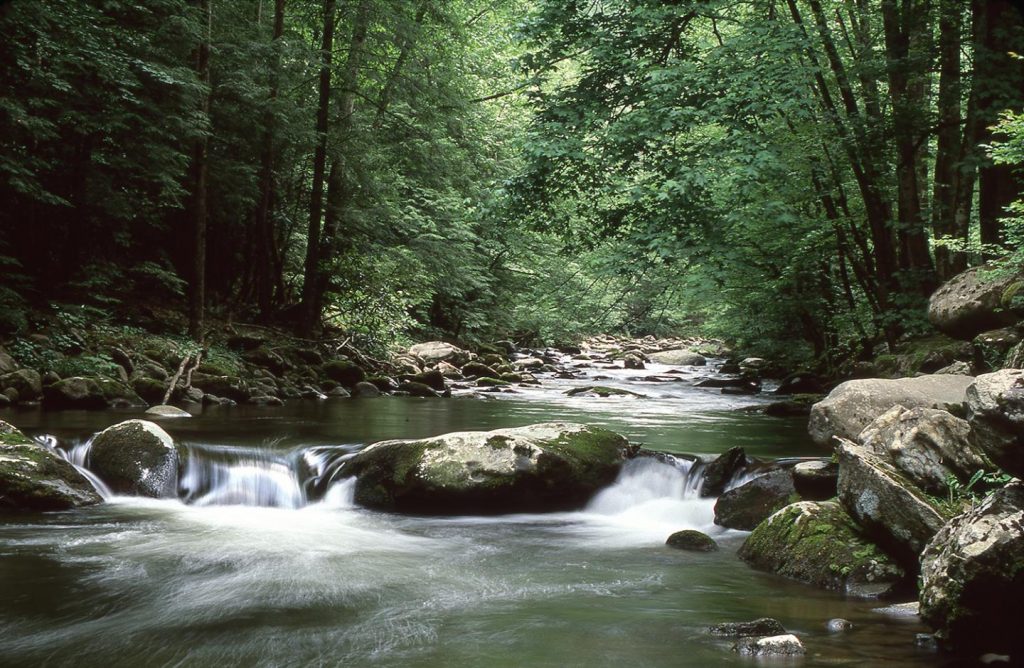
And there it was, a gleaming, silvery to glittering gold and bluish iridescent, spherical spore case, spectral colors reminiscent of a rainbow, atop a stalk,

Our “Cabinet Curiosities” series explores significant items in our Herbarium collection. This article was written by Haley Rylander, Research and Herbarium Assistant. The New Zealand Kauri
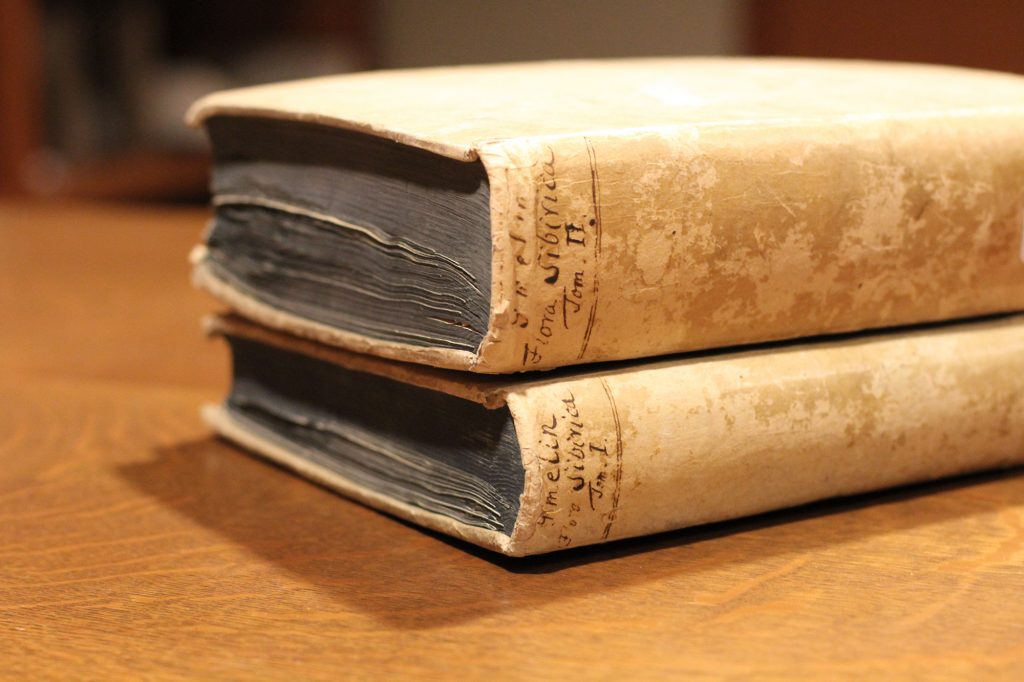
In our year-long “Hidden Treasures” series, Alyssa B. Young, Special Collections Librarian, features notable works in the BRIT rare book collection.
As you look through the shelves in our rare book room, you see rows and rows of beautifully-bound books. They have bindings of leather and vellum, ornate embossed and gilded decorations on the covers and spines.

This article originally appeared in BRIT’s former newsletter publication, Iridos, Issue 16(1) 2005. “Wow!” is the most frequent comment from visitors viewing the two oldest
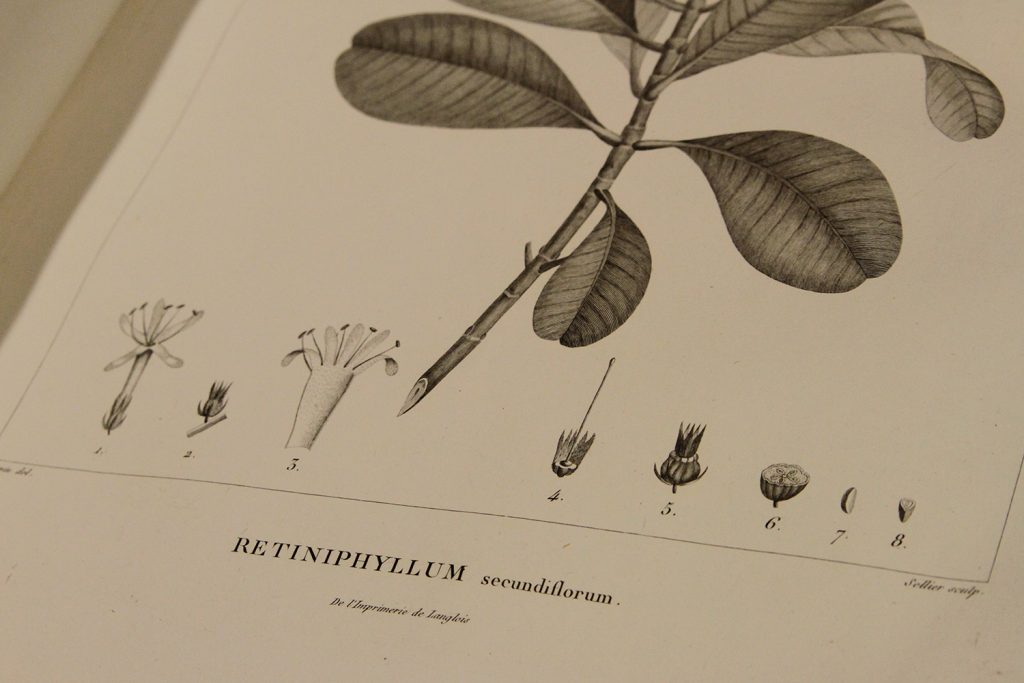
In our year-long “Hidden Treasures” series, Alyssa B. Young, Special Collections Librarian, features notable works in the BRIT rare book collection.

Mixed-stream recycling is pretty amazing. We get to throw all of our recyclables into one bin, and then — POOF! — they magically get taken
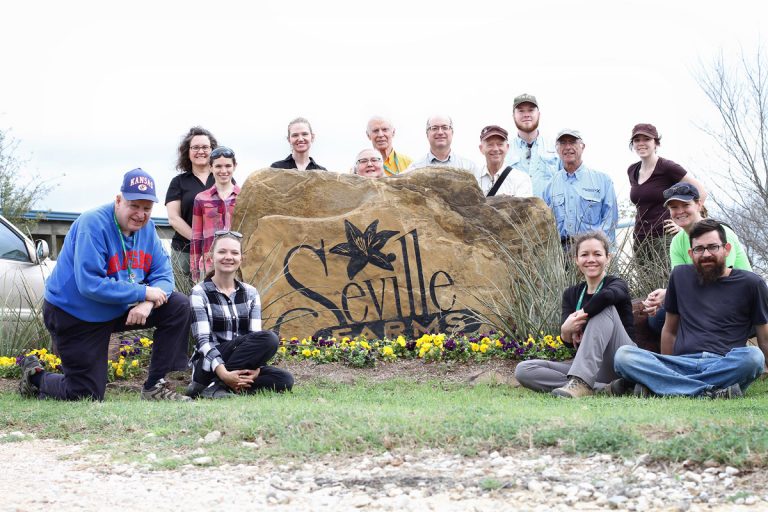
A couple of weeks ago, over half of the BRIT building was eerily empty for a day as the whole research department set off for
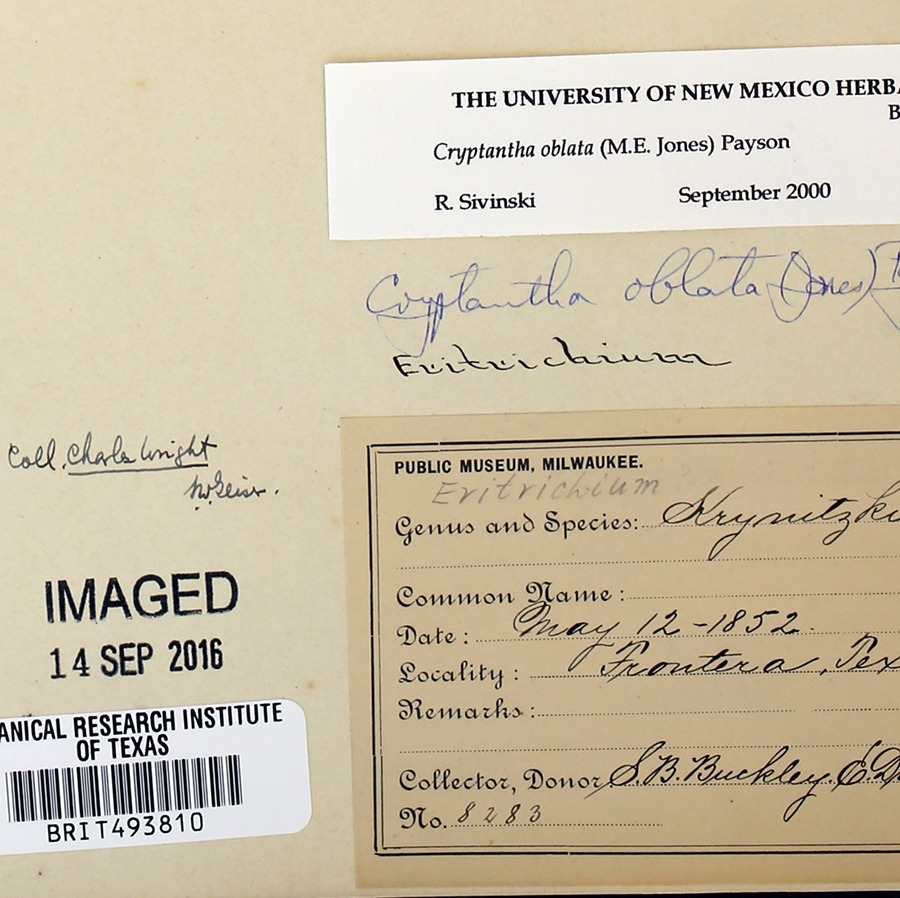
Our “Cabinet Curiosities” series explores significant items in our Herbarium collection. Posts are contributed by staff, volunteers, and interns. In 1852, the former Republic of
FORT WORTH BOTANIC GARDEN
3220 Botanic Garden Blvd
Fort Worth, Texas 76107
(817) 463-4160
Click here to email us!
BOTANICAL RESEARCH INSTITUTE OF TEXAS
We respectfully acknowledge that the Fort Worth Botanic Garden is located on traditional lands of Indigenous Peoples. We honor the ancestry, heritage, and gifts of all Indigenous Peoples who were sustained by these lands and give thanks to them. We are grateful that these lands continue to provide enrichment for many people today. [More…]